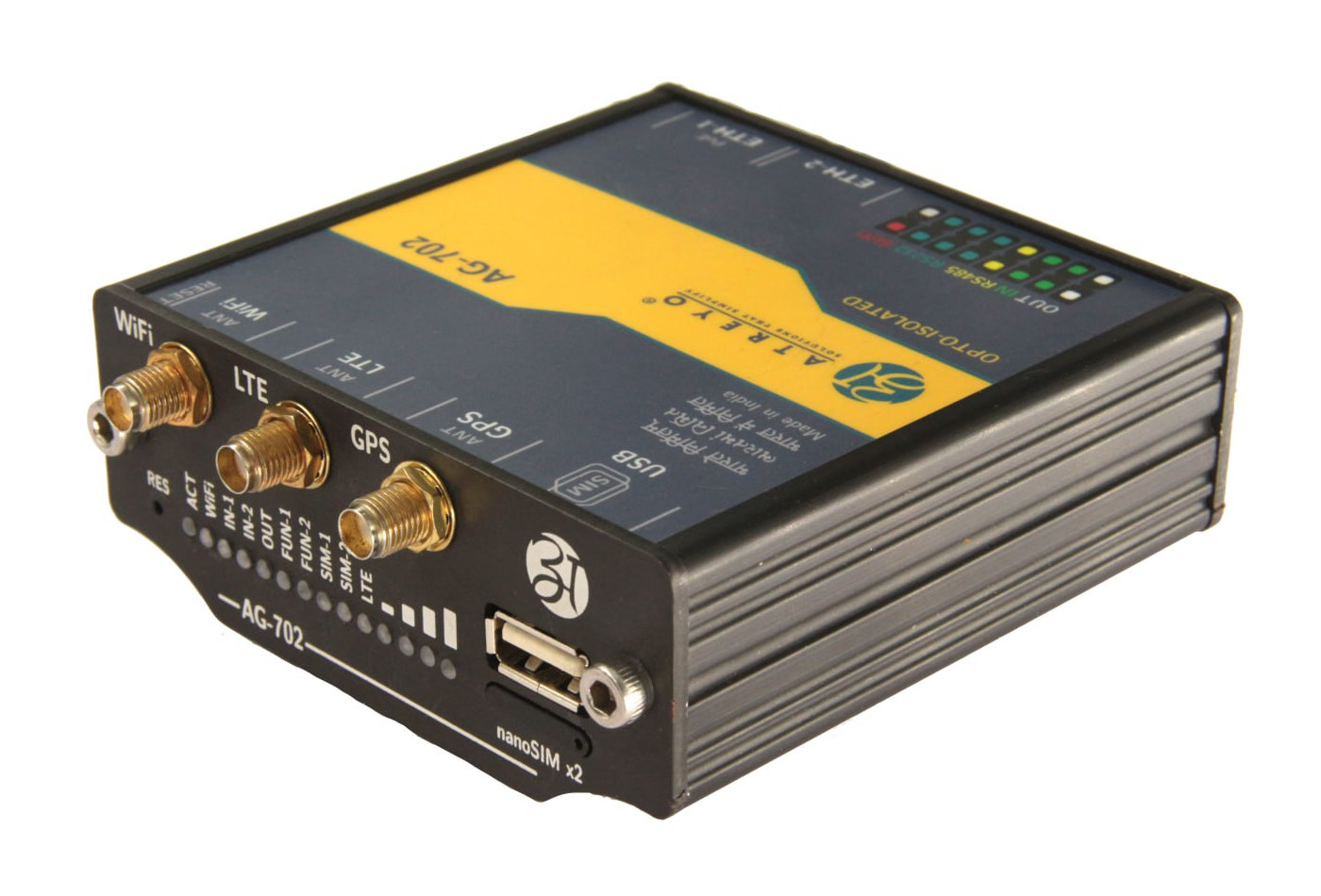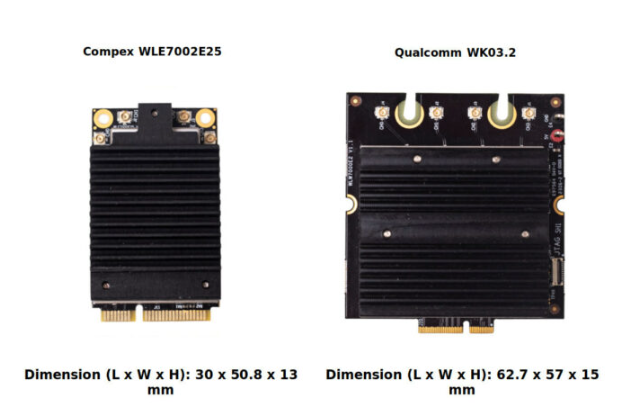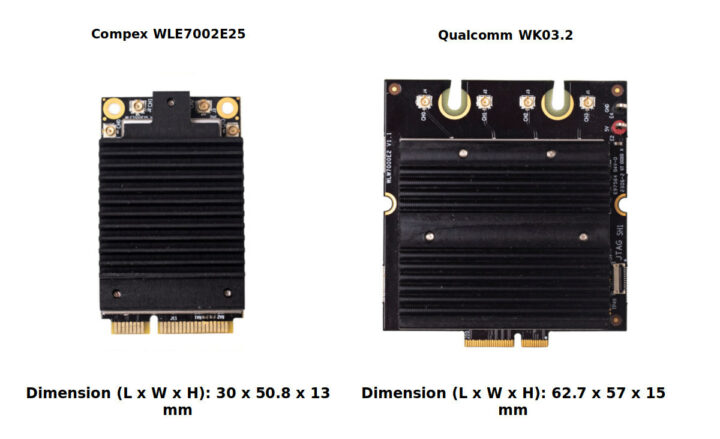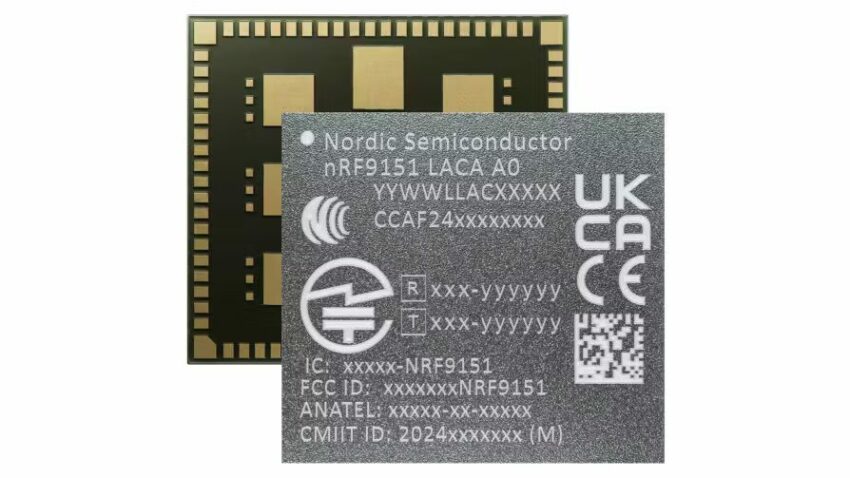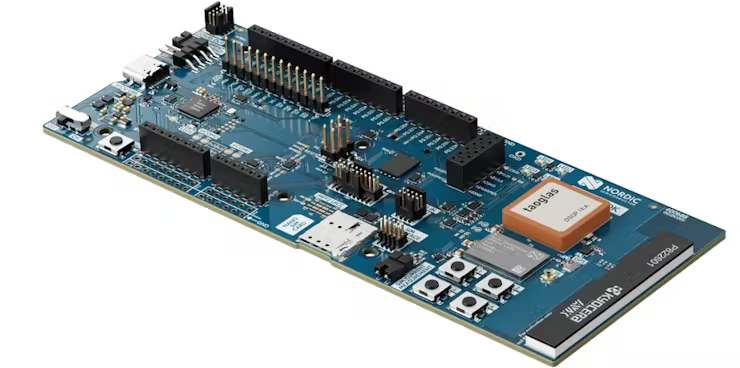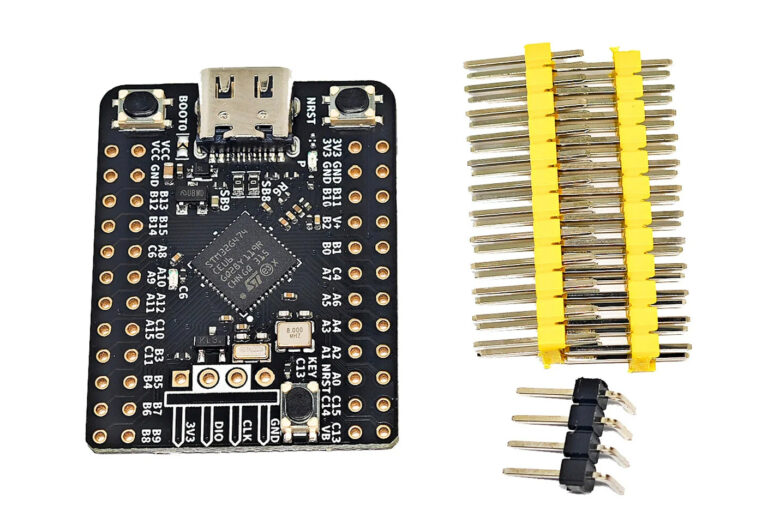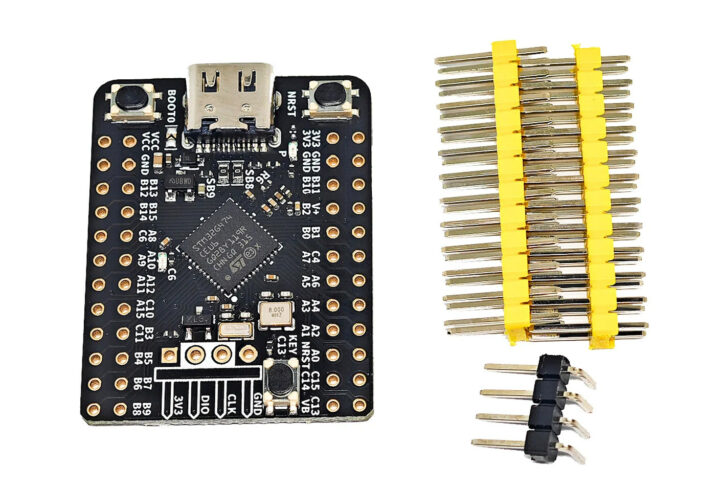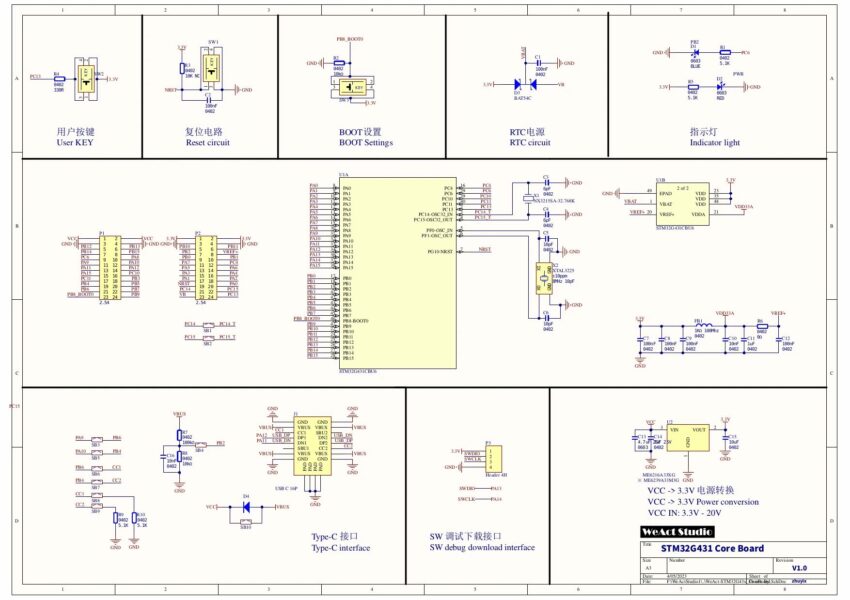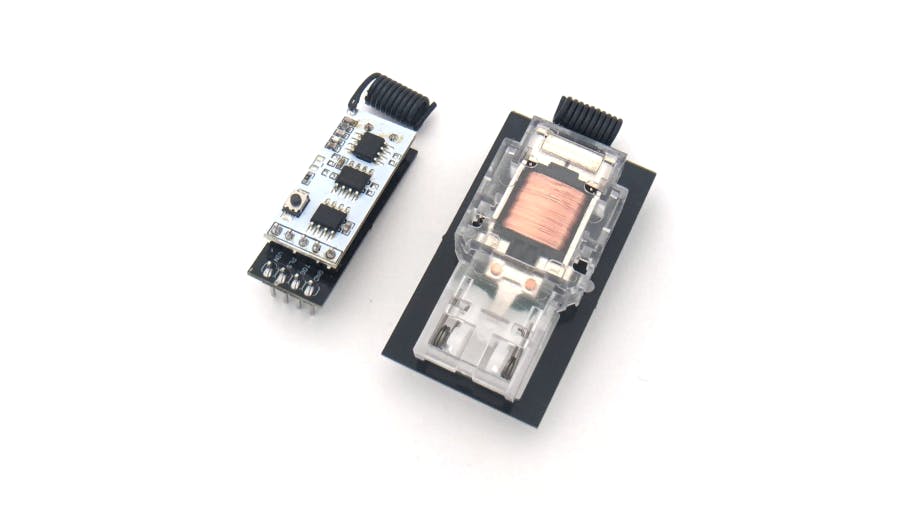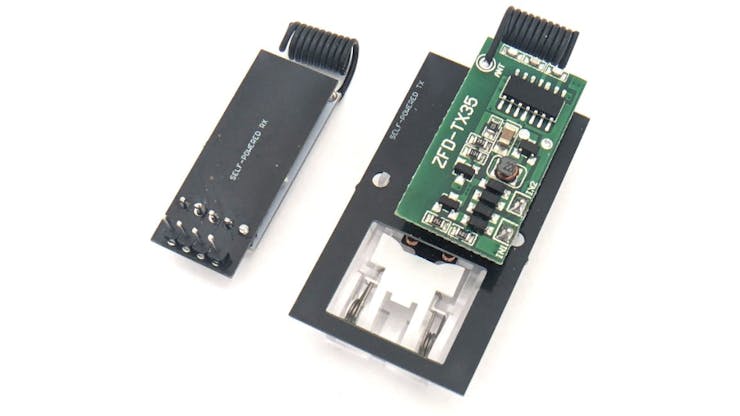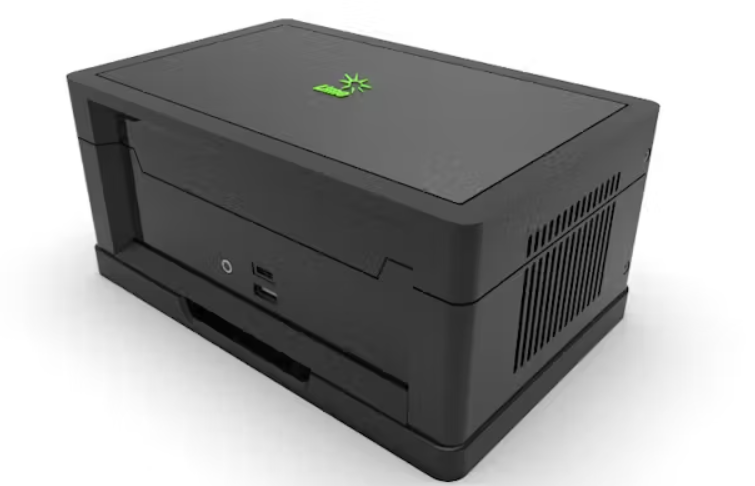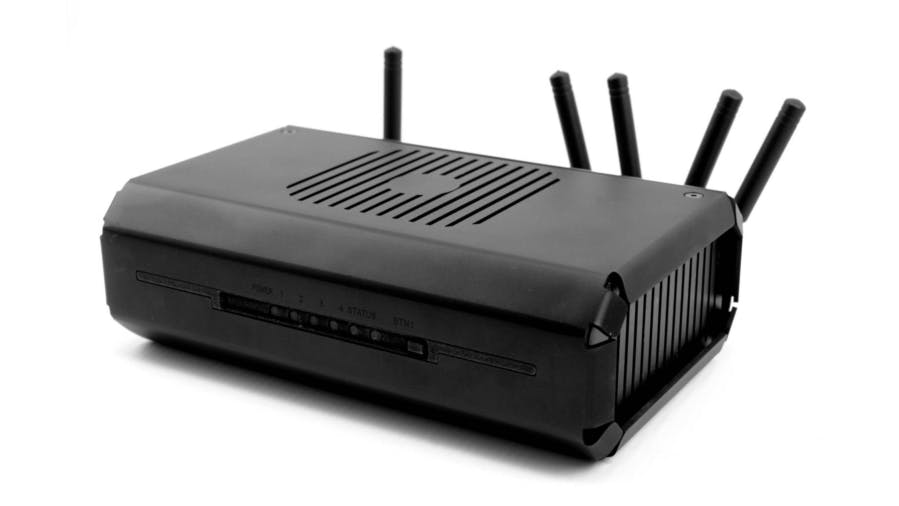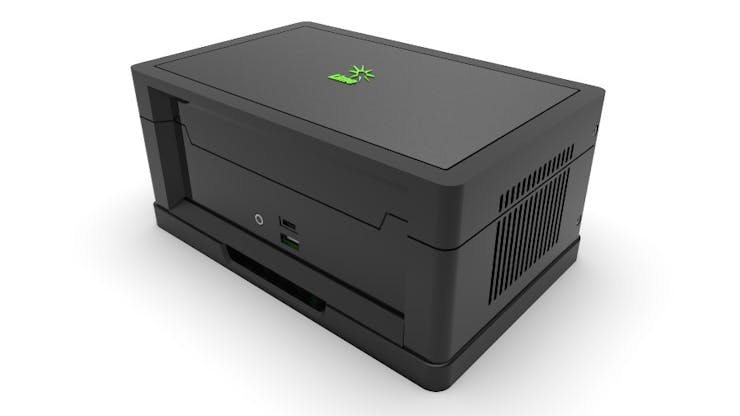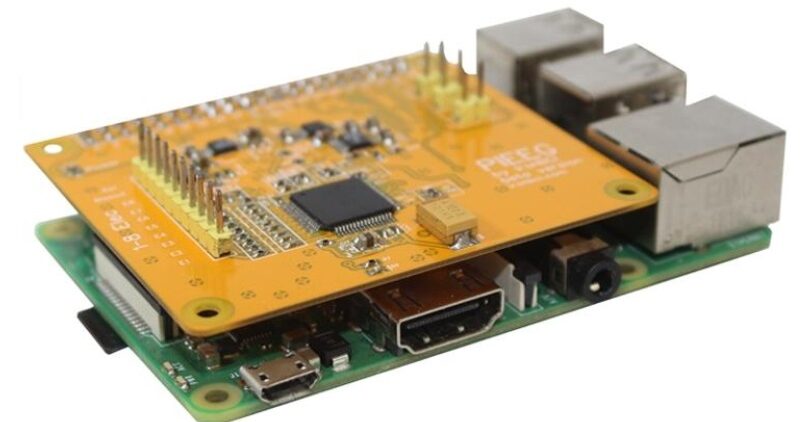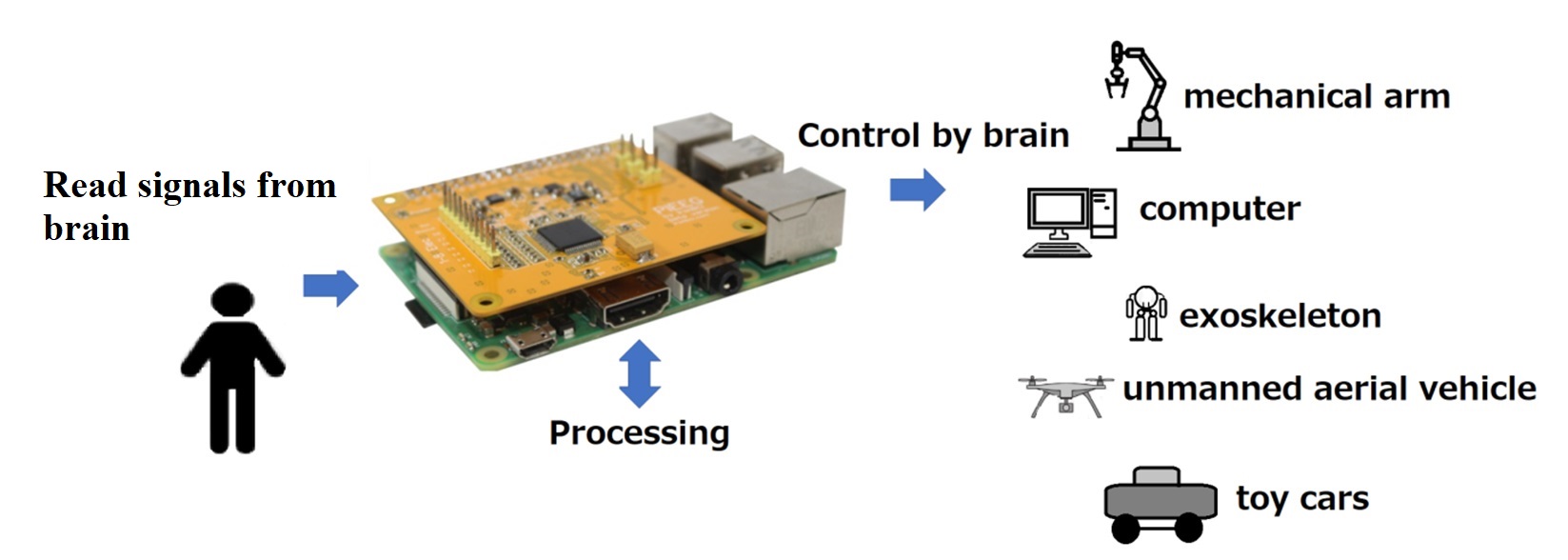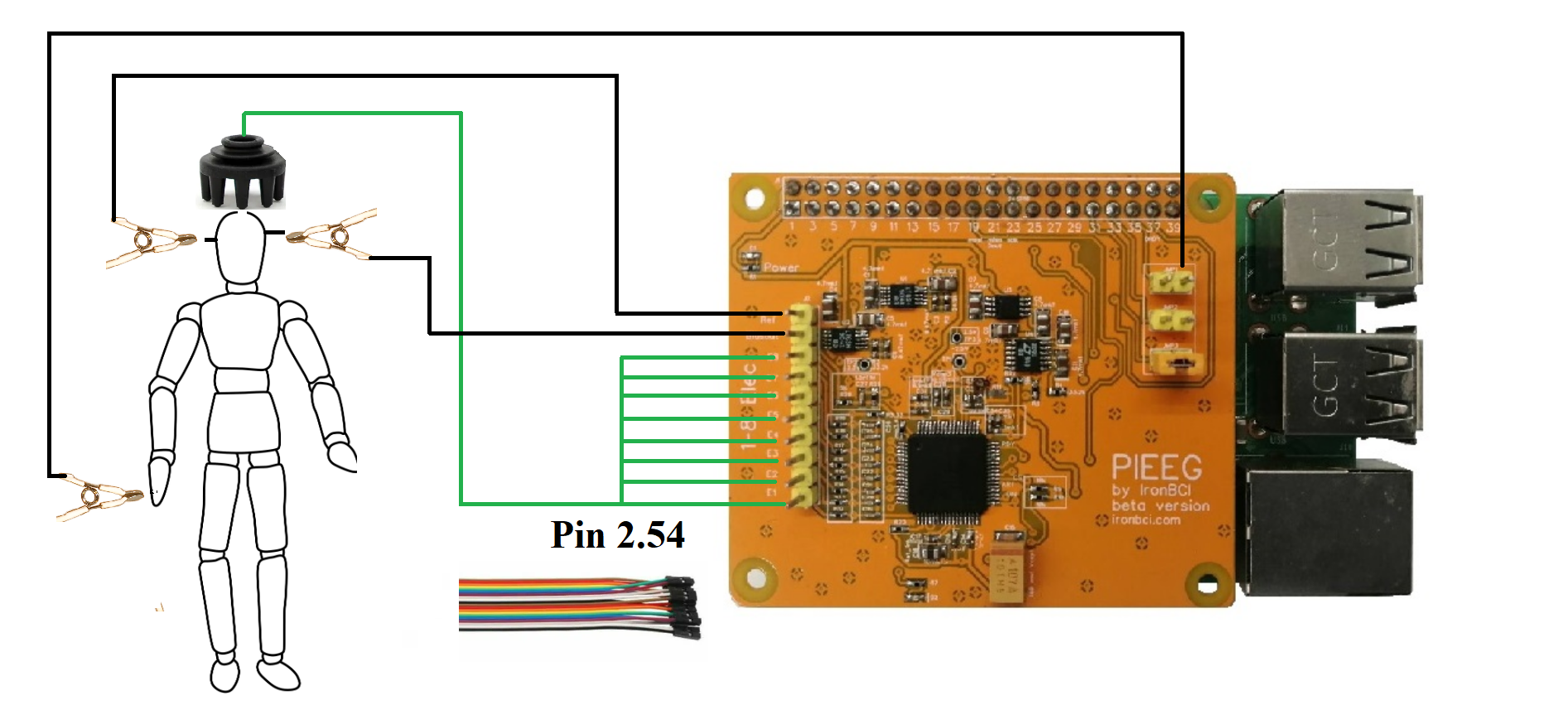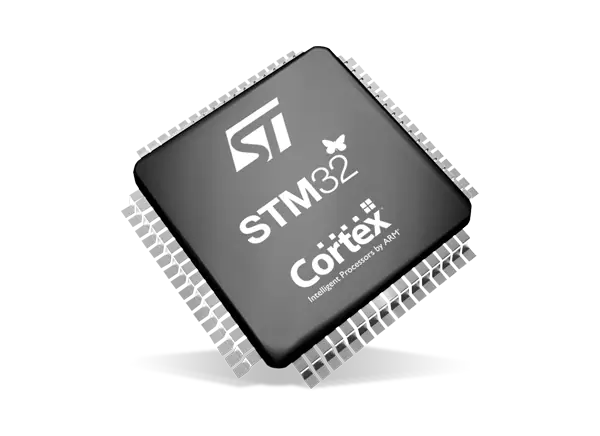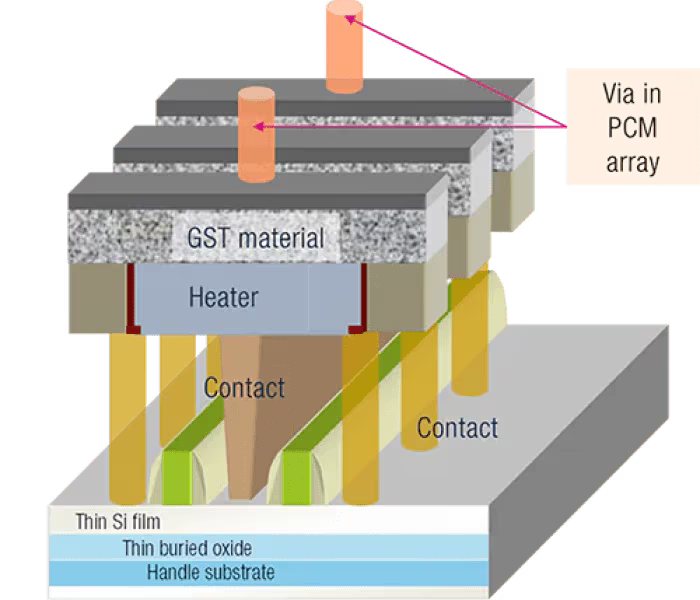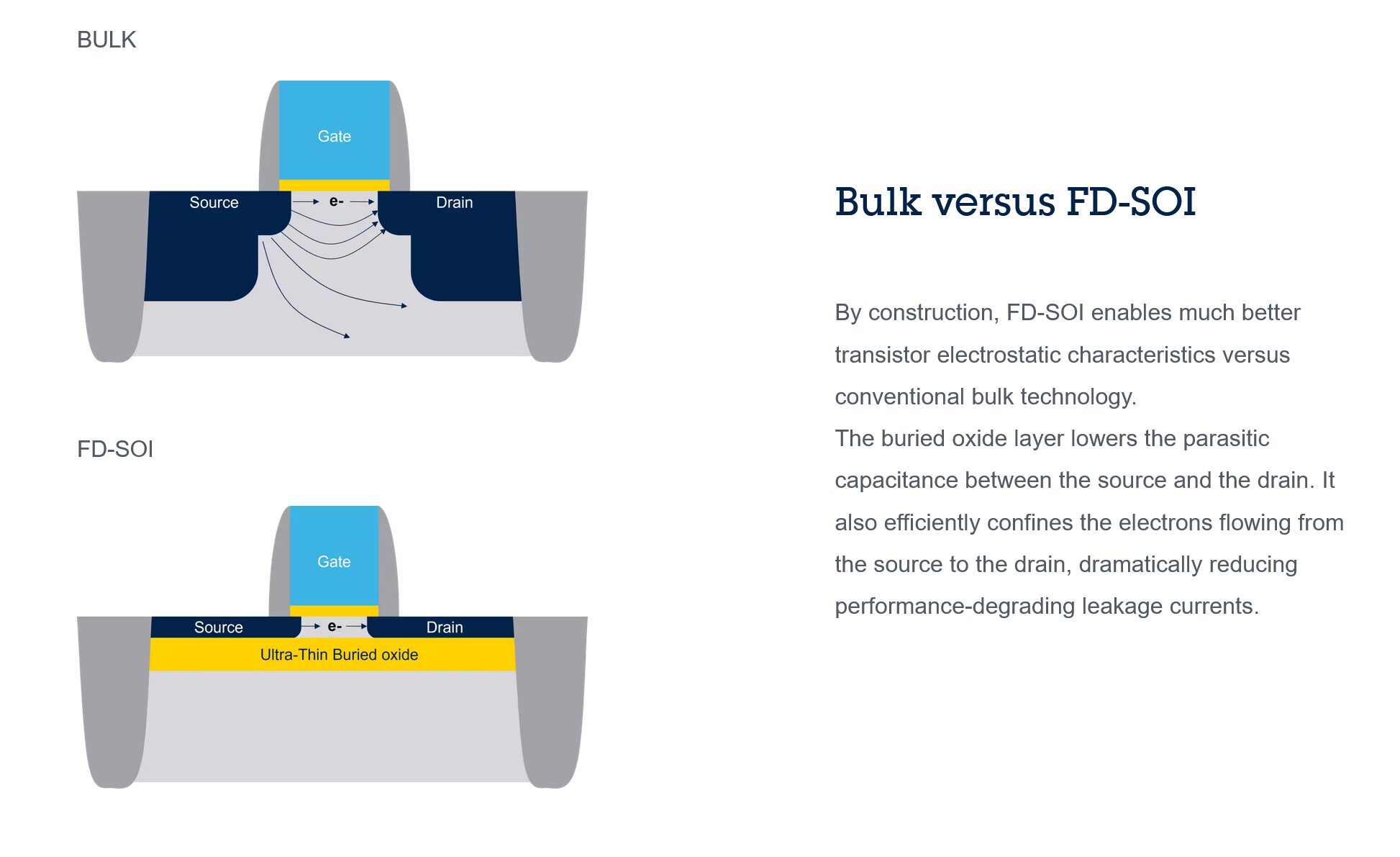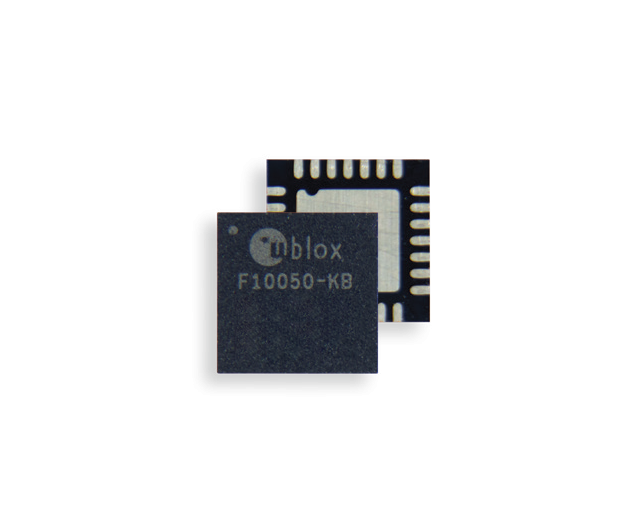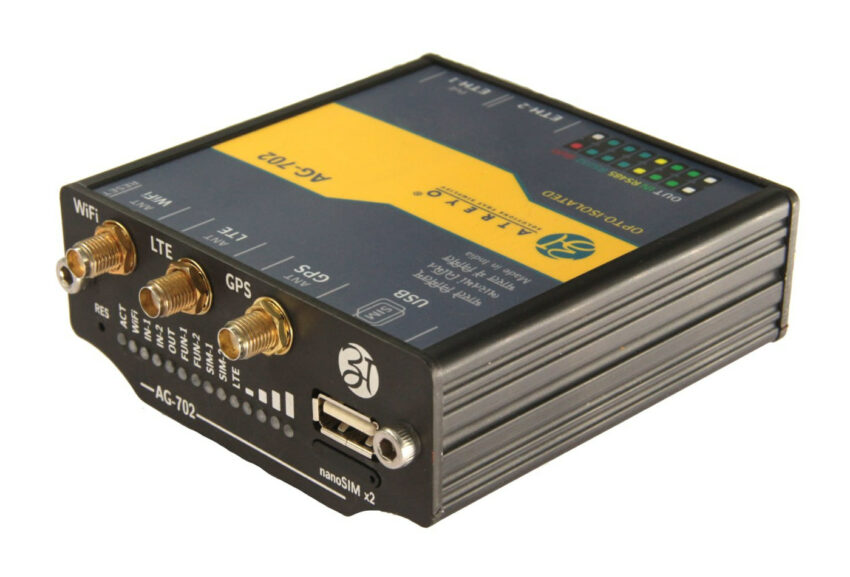
The Atreyo AG-702 is an industrial OpenWrt gateway powered by the MediaTek MT7628 processor, featuring dual Ethernet and WiFi connectivity alongside an integrated LTE and GNSS modem capable of accommodating two SIM cards.
This gateway boasts isolated RS485 and RS232 interfaces for reliable communication, two digital isolated inputs, one relay output, and a USB host port that facilitates connections to peripherals like flash drives or USB converters, enhancing its versatility across different interfaces. Encased in an anodized aluminum enclosure, it offers robust durability suitable for industrial environments.
Furthermore, the Atreyo AG-702 supports a wide input voltage range of 14-60V DC, ensuring compatibility with various industrial power systems and enhancing its adaptability to diverse settings.
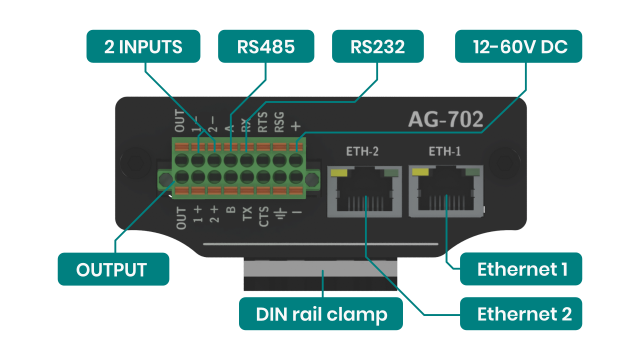
Atreyo AG-702 specifications:
- SoC: MediaTek MT7628 MIPS processor at 580MHz
- System Memory: 256MB
- Storage:
- 32MB eMMC flash
- 512MB NAND flash with ExtRoot support (overlay)
- Networking:
- 100Mbps Ethernet WAN port
- 100Mbps Ethernet LAN port
- LTE/GPRS with dual SIM and 1x external antenna
- 2.4 GHz WiFi with 1x external antenna
- GNSS with active antenna support
- USB: 1x USB 2.0 Type-A port
- Serial Interfaces:
- Isolated RS485
- Isolated RS232
- Expansion:
- 2x isolated digital input
- 1x relay output
- Miscellaneous:
- LED indicators for system, I/Os, WiFi, SIM card, LTE, and signal strength
- Power Supply:
- 14 to 60V DC via terminal block
- Passive PoE support
- Dimensions: 88 x 87 x 35mm (Aluminium housing with DIN rail mounting option)
- Weight: 240 grams
The AG-702 is said to run OpenWrt 23.05 with the Atreyo Environment V1.01b and Linux kernel 5.15.71.
The default firmware installed on the Atreyo AG-702 industrial OpenWrt gateway offers a wide array of advanced features designed to enhance functionality and flexibility. Among these features is robust VPN support, including protocols such as OpenVPN and WireGuard, ensuring secure and encrypted communication over public networks. Additionally, the gateway supports the ModBus protocol, serving various roles like TCP slave, TCP master, RTU master, and RTU gateway, enabling seamless integration with ModBus-enabled devices in industrial environments.
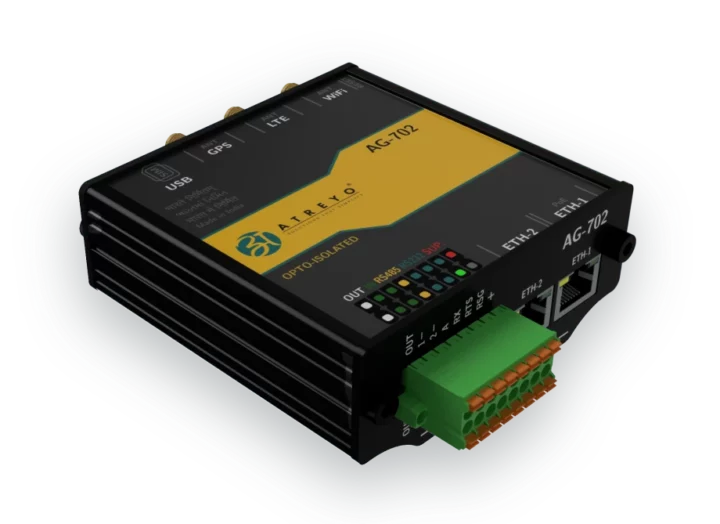
For remote management, the gateway provides multiple avenues such as a user-friendly Web UI for configuration and monitoring, SSH access for secure command-line interface management, SNMP for network device monitoring, and MQTT(s) for efficient communication in IoT applications. These capabilities empower administrators to efficiently manage and monitor the gateway and connected devices, making it well-suited for industrial deployments requiring secure, reliable, and scalable communication solutions. Atreyo also provides an SDK allowing users to develop their application(s) for the gateway. Additional information about the hardware and software can be found on the documentation website.
Atreyo told CNX Software the AG-702 industrial OpenWrt gateway is available now with pricing starting at $125 without cellular and GNSS connectivity. I can also see they have offices in India and Poland, so European companies should also be able to easily source the gateway. More details may be found on the product page.


